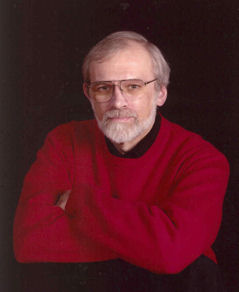Please consider with me the dangers of complacency, or "business as usual".
AA News, front page, August 1, 2019. "U-M's growth sets stage for traffic problems city admin says" referring to City Hall meeting July 29. "The average travel delay in Ann Arbor is projected to increase by about 30% by 2045. The truth is unless we really address alternate means and methods of getting around, congestion will be a bigger part of our lives," he said, arguing congestion leads to aggressive behavior. "We are operating in a zone where we've increased our crashes by roughly 17% over the last 10 years," he said. "During that time, the population of the city of Ann Arbor has increased 7% and ...commutes into Ann Arbor have also increased."
Possible solutions mentioned at the meeting included sidewalks, bike lanes, scooters, road diets, red light cameras, and speed limits. Public transit was NOT mentioned as possible solution. Why not?
Could it be because AAATA is not seen as moving toward real transportation solutions, simply carrying on "business as usual" with, perhaps, a few modest "band-aids" for Washtenaw Avenue?
In today's Board packet, on p.3 of the Service Committee report, we read, "Mr. Hewitt asked about schedule adjustments to address traffic realities at busier times of the day. Mr. Sanderson explained that schedule adjustments are being studied but may be too expensive and too disruptive to the current pulse system."
I find that response very discouraging. In effect, AAATA is saying, "We're looking into it, but please don't expect us to come up with anything that might disrupt Business As Usual. And certainly don't expect us to suggest solutions that might require budget. We'll just continue our pulse system. We're comfortable with it. After all, it has worked for the last 50 years."
And it has worked. Sort-of. Sure, the published schedule is guaranteed to be inaccurate and misleading during the times when most people need to commute. Ridership figures, also released in the Board Packet, indicate passengers may not be "highly satisfied with public transportation services". (AAATA Ends 1.1.4.) The majority of people with access to a personal car apparently do not find public transit to be an attractive alternative. (Ends 1.1.3) Local leaders may not be aware of the contribution public transportation could make to the community (Ends 1.3.6).
But we're comfortable with the pulse system, just as it is. And don't bug us about it: the pulse system is an operational matter, so the Board is out of bounds to question it. Just let the experts continue to study the problem in comfort.
Thank you,
Laurence Krieg / Wake Up Washtenaw





